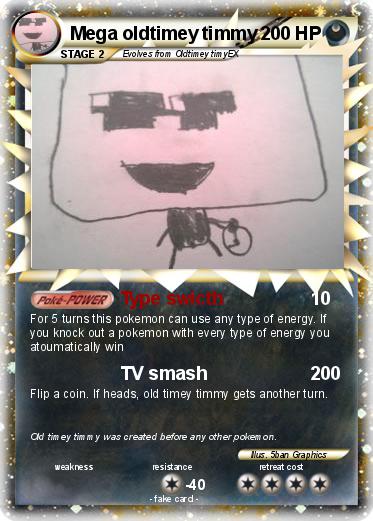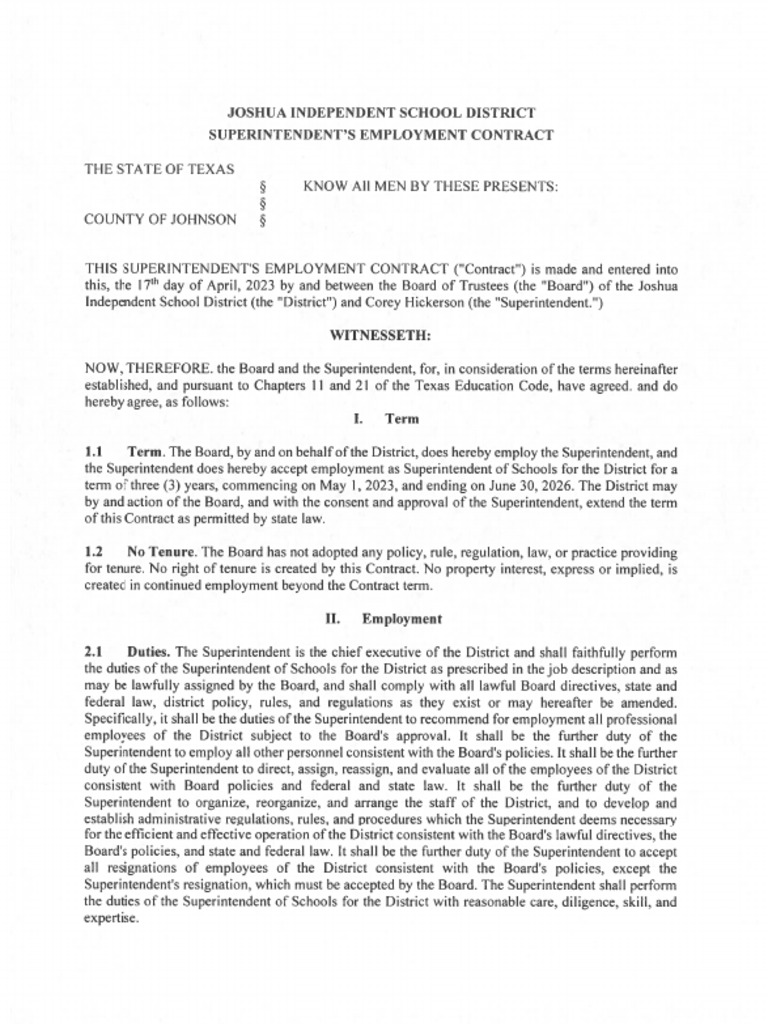Oldtimey Oh My

The world of vintage entertainment is a fascinating realm, filled with relics of a bygone era that continue to captivate audiences today. From the earliest days of cinema to the golden age of radio, the past is replete with examples of innovative storytelling, memorable characters, and groundbreaking technologies that paved the way for the modern entertainment industry.
One of the most iconic figures of old-timey entertainment is the venerable Charlie Chaplin, a pioneer of silent film who brought joy and laughter to millions with his “Little Tramp” character. Chaplin’s genius lay not only in his comedic timing and physical agility but also in his ability to craft compelling narratives that resonated with audiences from all walks of life. His films, such as “City Lights” and “Modern Times,” remain timeless classics, continuing to inspire new generations of filmmakers and comedians.
Another beloved aspect of old-timey entertainment is the art of vaudeville, a theatrical phenomenon that dominated the late 19th and early 20th centuries. Vaudeville shows were a diverse mix of music, dance, comedy, and drama, featuring a wide range of performers, from singers and dancers to jugglers and magicians. The vaudeville circuit was a launching pad for many famous entertainers, including Charlie Chaplin, the Marx Brothers, and W.C. Fields, who honed their craft and developed their unique styles in front of live audiences.
The advent of radio in the early 20th century revolutionized the entertainment landscape, bringing the magic of sound into people’s homes and creating new opportunities for storytellers and performers. Radio shows like “The Shadow” and “The Lone Ranger” captivated listeners with their thrilling adventures and memorable characters, while comedians like Jack Benny and Fred Allen entertained audiences with their witty banter and humorous antics.
In addition to these pioneers, the world of old-timey entertainment is also filled with memorable characters, from the lovable cowardice of Bob Hope to the charming song-and-dance routines of Fred Astaire and Ginger Rogers. The golden age of Hollywood, which spanned from the 1920s to the 1960s, was a time of unprecedented creativity and innovation, producing some of the most iconic films and stars in cinematic history.
Despite the passage of time, old-timey entertainment continues to exert a significant influence on modern popular culture. Many contemporary filmmakers, comedians, and musicians draw inspiration from the past, incorporating vintage elements into their work and paying homage to the pioneers who paved the way for them. The rise of digital technologies has also made it possible for new audiences to discover and appreciate vintage entertainment, from restored classic films to vintage radio shows and early television programs.
As we explore the fascinating world of old-timey entertainment, it becomes clear that the past is not just a series of dusty relics but a vibrant and dynamic force that continues to shape our cultural landscape. By examining the innovative technologies, memorable characters, and groundbreaking storytelling of vintage entertainment, we can gain a deeper appreciation for the art of entertainment itself and the ways in which it reflects and shapes our collective imagination.
Historical Context of Old-Timey Entertainment
The late 19th and early 20th centuries were a time of great social change and cultural upheaval, with the rise of industrialization, urbanization, and technological innovation transforming the way people lived, worked, and entertained themselves. In this context, old-timey entertainment emerged as a response to the needs and desires of a rapidly changing society, providing a much-needed escape from the hardships and uncertainties of everyday life.
Vaudeville, in particular, was a product of this era, emerging in the 1880s as a unique blend of theater, music, and comedy that catered to the diverse tastes and preferences of urban audiences. The vaudeville circuit, which spanned across the United States and beyond, provided a platform for performers to hone their craft, develop their unique styles, and connect with audiences from all walks of life.
The advent of radio in the early 20th century further expanded the reach and accessibility of old-timey entertainment, bringing the magic of sound into people’s homes and creating new opportunities for storytellers and performers. Radio shows like “The Shadow” and “The Lone Ranger” became incredibly popular, captivating listeners with their thrilling adventures and memorable characters.
Technical Breakdown of Old-Timey Entertainment
From a technical perspective, old-timey entertainment was characterized by a range of innovative technologies and production techniques. The development of silent film, for example, required the creation of new cameras, projectors, and editing equipment, as well as the development of systems for adding music and sound effects to films.
Vaudeville, on the other hand, relied on the art of live performance, with performers using a range of skills, from singing and dancing to juggling and magic, to entertain and captivate their audiences. The vaudeville circuit was also characterized by a unique system of booking and promotion, with performers and producers working together to create and market their shows.
Radio drama, which emerged in the 1920s and 1930s, required the development of new technologies, including microphones, sound effects, and mixing consoles. Radio shows were typically recorded live, with performers gather around a microphone to deliver their lines and create the sound effects and music that brought the stories to life.
Decision Framework for Creating Old-Timey Entertainment
Creating old-timey entertainment requires a range of skills and knowledge, from writing and performing to producing and promoting. Here are some of the key considerations for creating old-timey entertainment: * Understanding the historical context: Old-timey entertainment was shaped by the social, cultural, and technological changes of the late 19th and early 20th centuries. Understanding this context is essential for creating authentic and engaging old-timey entertainment. * Developing unique characters and storylines: Old-timey entertainment was characterized by a range of memorable characters and storylines, from the “Little Tramp” to “The Shadow.” Developing unique and compelling characters and storylines is essential for creating engaging old-timey entertainment. * Using innovative technologies and production techniques: Old-timey entertainment was shaped by a range of innovative technologies and production techniques, from silent film to radio drama. Using these technologies and techniques can help to create a unique and engaging old-timey entertainment experience.
FAQ Section
What is old-timey entertainment?
+Old-timey entertainment refers to the range of entertainment forms that emerged in the late 19th and early 20th centuries, including silent film, vaudeville, and radio drama.
Who were some of the key figures in old-timey entertainment?
+Some of the key figures in old-timey entertainment include Charlie Chaplin, the Marx Brothers, and W.C. Fields, who honed their craft and developed their unique styles in front of live audiences.
What were some of the innovative technologies and production techniques used in old-timey entertainment?
+Old-timey entertainment was shaped by a range of innovative technologies and production techniques, from silent film to radio drama. These technologies and techniques included the development of new cameras, projectors, and editing equipment, as well as the creation of systems for adding music and sound effects to films.
In conclusion, old-timey entertainment is a fascinating and complex phenomenon that offers a unique window into the past. From the art of silent film to the spectacle of vaudeville, old-timey entertainment was shaped by a range of innovative technologies and production techniques, as well as the social, cultural, and technological changes of the late 19th and early 20th centuries. By understanding the historical context, developing unique characters and storylines, and using innovative technologies and production techniques, creators can craft engaging and authentic old-timey entertainment experiences that transport audiences to a bygone era of simplicity and charm.
